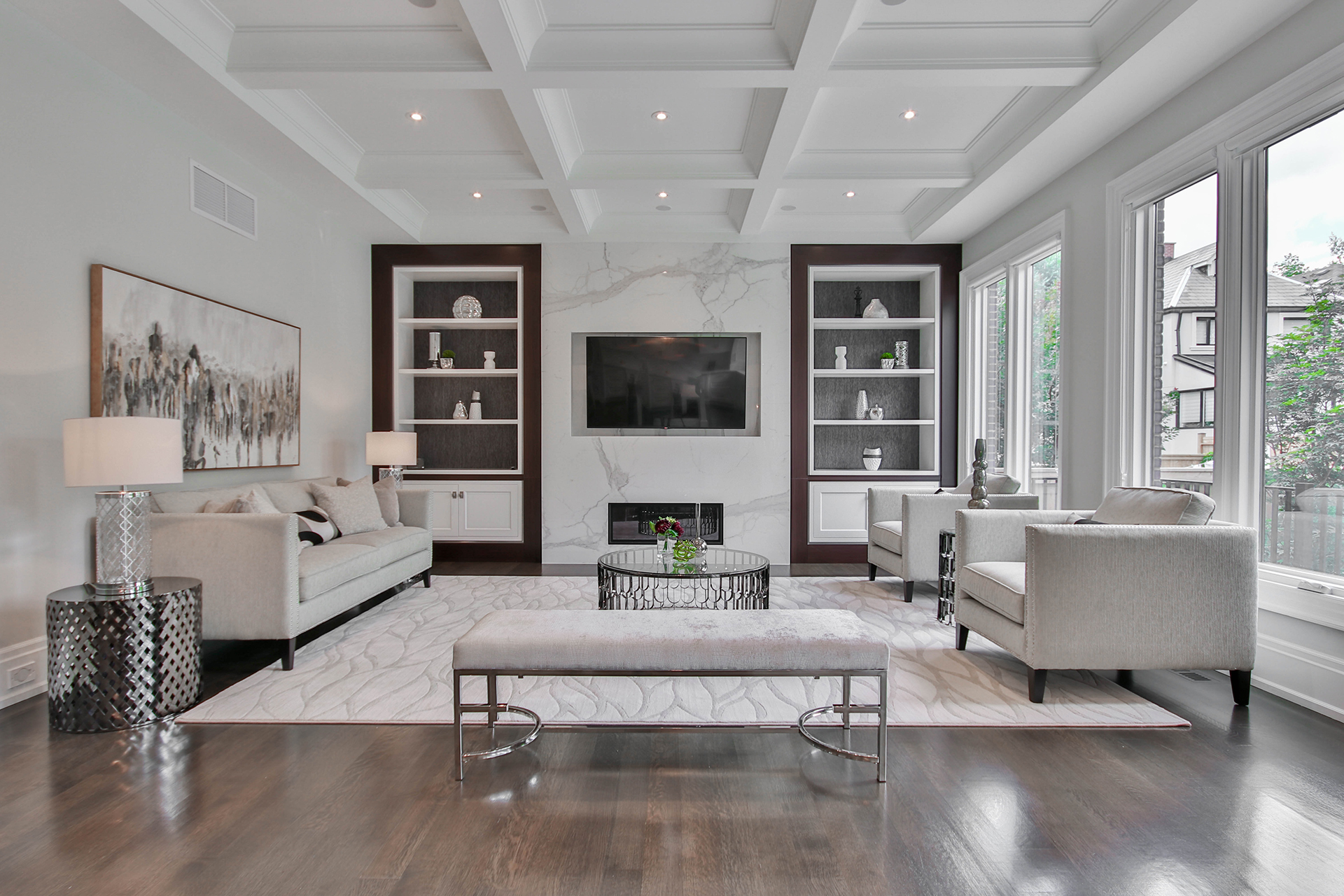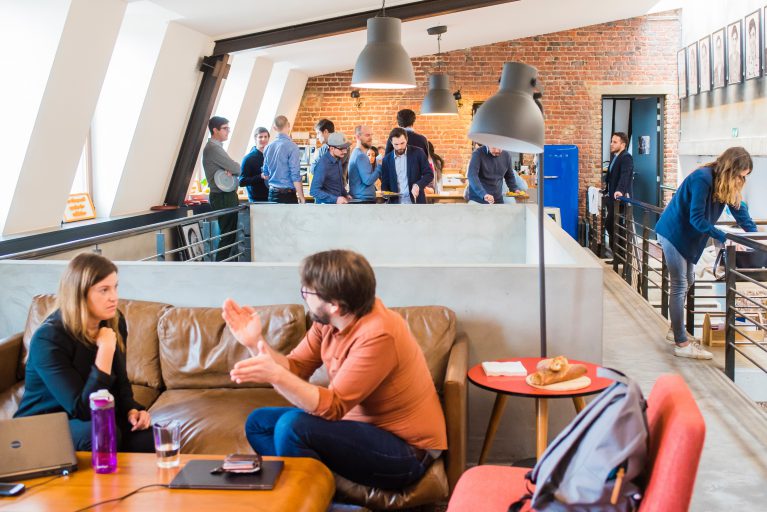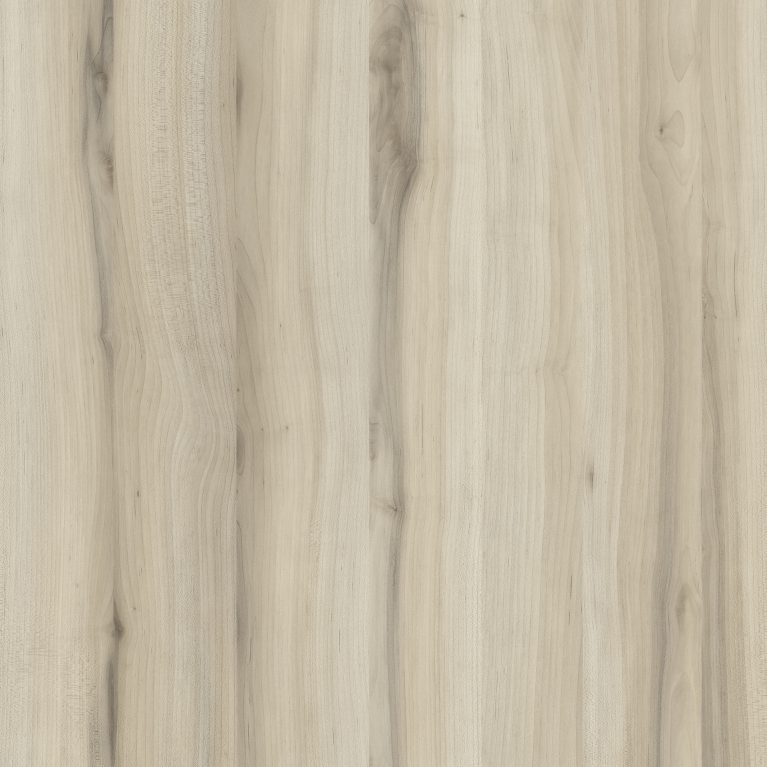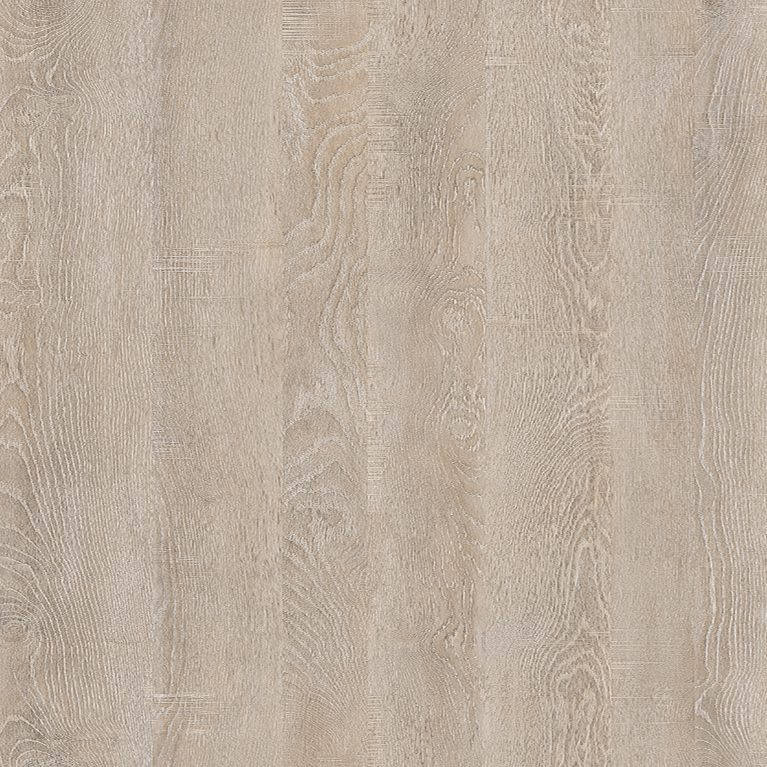From the very first moment we step into a room, our brain starts to create cognitive maps of the place that gather information and translate it into emotions. The feeling we have is just the result of the unconscious emotions triggered by the decoration of the room.
Taking into account that we spend around 90% of our time indoors, understanding and controlling the ability of materials to impact our mood is one of the key elements in the designing process.
Spaces to thrill
Disciplines such as neuroarchitecture use scientific tools to transform the inputs our brain receive into measurable data. This information is then used to create spaces that improve its inhabitants’ emotional wellbeing.
In this way, inhibiting or boosting certain patterns, we can design environments able to generate certain emotions.
It is not by chance that offices are decorated, more and more, like homes in which people can feel comfortable and protected.
The impression of the first glance
The first impact that our brain will receive is visual, so the hues and structure of the design are vital to generate feelings.
In a time of uncertainty, the trend is to obtain spaces that generate feelings of calm and security.
Less defined compositions, with raw and neutral hues, generate feelings of tranquility and wellbeing. This type of design is ideal for those private refugees at home that help us to relax and move away from the “exterior noise”.
On the other hand, woods that combine soft lines with rustic elements can be suitable for kind environments, where we look for a feeling of comfort.
To feel through touch
The texture of the material is another of the elements that help to create spaces that arose emotions.
When we run our fingers along a surface, our brain receives information related to our own experience: our unconscious looks in our memory for feelings related to the touch we are feeling. As an example, touching the marks and open pores of a wood can remind us of the uniqueness of artisan work and the experiences that made us be as we are now.
Although we are not conscious of the mental process, this type of materials is ideal for spaces where we seek to print a rustic and personal touch. Be it wood, textile, or rocks, defining properly the visual impact and the texture of the design is the first big space to create emotions.




